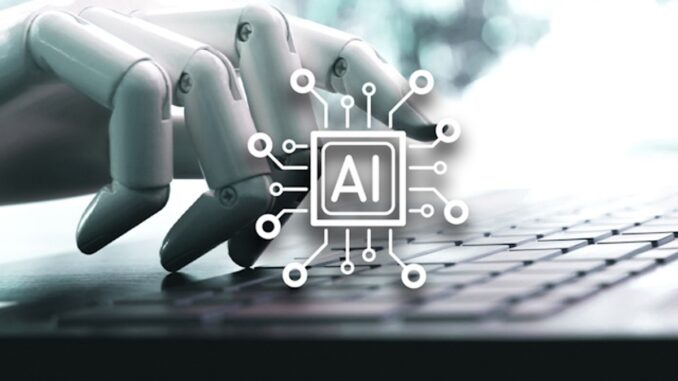
Enhanced AI capabilities in home automation systems refer to improvements in artificial intelligence techniques that lead to more intelligent, adaptive, and user-centric home technology.
Here are some key areas where these enhanced capabilities are making a significant impact:









### 1. **Machine Learning and Predictive Analytics**- **Adaptive Learning**: Home automation systems can learn from user behavior over time, making them more adept at predicting and responding to needs. For example, smart thermostats can learn your preferred temperature and adjust accordingly based on historical data.
– **Anomaly Detection**: Advanced machine learning algorithms can identify unusual patterns in device usage and alert homeowners. For example, if a security camera detects motion when no one is home, it can trigger an alert and capture video.
### 2. **Natural Language Processing (NLP)**
– **Contextual Understanding**: AI systems can better understand multi-turn conversations and context through improved NLP. This means users can give more complex commands and the system will understand the intent more accurately.
– **Personalized Responses**: With NLP advancements, voice assistants can provide tailored recommendations or responses based on user preferences, previous interactions, or even emotional tone.
### 3. **Computer Vision and Image Recognition**
– **Facial Recognition**: Enhanced AI capabilities allow security cameras and smart doorbells to recognize individuals, providing custom alerts and responses (e.g., notifying you if a family member arrives home or alerting you about unfamiliar faces).
– **Gesture Recognition**: Some systems can use computer vision to recognize hand gestures for control, allowing for touchless interaction with smart devices.
### 4. **Advanced Sensor Integration**
– **Smart Sensors**: Enhanced AI can integrate data from a wider range of sensors (temperature, humidity, occupancy, air quality) to create a comprehensive understanding of the home environment. For instance, a system could adjust HVAC settings based on occupancy and air quality.
– **Fusion of Data Sources**: AI algorithms can analyze and correlate data from multiple sensors, providing actionable insights (e.g., recognizing patterns of high energy usage and recommending ways to reduce it).
### 5. **Robust Automation and Routines**
– **Dynamic Automation**: Instead of relying on pre-set rules, enhanced AI can create dynamic automation that adapts to changing circumstances, such as adjusting lighting based on the time of day or weather conditions.
– **Complex Event Processing**: AI can handle multiple conditions and triggers, enabling more sophisticated rules. For example, a security system could lock doors when everyone leaves the house and adjust the thermostat to save energy.
### 6. **Emotional AI**
– **Emotion Recognition**: Some systems are being developed to recognize human emotions through voice analysis or even facial expressions. This can lead to personalized interactions and responses that cater to the emotional state of the user (e.g., adjusting ambient lighting when detecting stress or fatigue).
### 7. **Interoperability and Collaboration**
– **Cross-Platform Learning**: AI systems can share lessons learned across devices and platforms, leading to a more cohesive smart home ecosystem. For instance, a learning thermostat can communicate with smart blinds to optimize temperature and light without direct user input.
– **Cloud Computing and Edge Computing**: Enhanced AI capabilities leverage cloud resources for powerful processing while also incorporating edge computing for response times and privacy. This allows certain tasks to be done locally on devices for immediate action, while more complex analysis can be performed in the cloud.
### 8. **Energy Optimization and Sustainability**
– **Smart Energy Management**: AI can analyze energy consumption patterns and suggest optimizations, such as when to run appliances at optimal times to reduce costs and wear.
– **Renewable Energy Integration**: Advanced AI can optimize the use of solar or wind energy in smart homes by predicting energy generation and consumption needs.
### 9. **Integration with Health Monitoring**
– **Wearable Device Integration**: Future home automation systems may integrate with health wearables, allowing homes to adjust environments based on health metrics (e.g., adjusting lighting or temperature based on user alertness or fatigue).
### Conclusion
As AI capabilities continue to evolve, home automation systems are becoming increasingly sophisticated, offering personalized, efficient, and responsive solutions for everyday living. The focus on enhancing user experience, privacy, and energy sustainability will continue to shape the future landscape of smart homes, making them more integrated and intuitive than ever before.


Leave a Reply